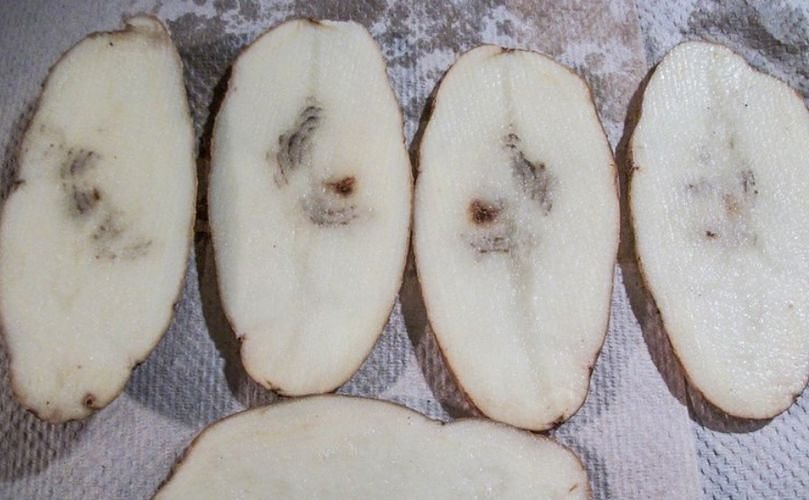Tasmanian Potato Industry on High Alert after Detection of Mop-Top Virus
A highly infectious disease that can cause significant yield and quality reductions in potatoes has been detected in Tasmania, prompting concerns for the state’s $300 million potato industry.
The potato mop-top virus, previously exotic to Australia, was found in multiple potatoes on a farm in north-west Tasmania.
An incident management team has been established to trace and contain the virus, with risk mitigation measures put in place to prevent its spread.
This is the first time the disease has been detected in Australia, although it has been present in New Zealand since 2018.

New Zealand’s Experience Offers Valuable Lessons
In September 2018, a single potato tuber taken from a storage facility of a processing factory in Canterbury, New Zealand, tested positive for the virus.
An international committee of experts was set up to respond to the outbreak, concluding that eradication was not possible due to the virus being vectored by a soil-borne organism.
Dr. Iain Kirkwood, an agronomist and biosecurity manager from Potatoes New Zealand, explained that the response shifted from eradication to management.
“We’re monitoring it through the processors – they report to us if they see mop-top in their lines – and they’re recording it every so often,” he said.
Despite the challenges, New Zealand’s potato industry has not experienced significant economic impacts.
However, Dr. Kirkwood warned that the virus is a “sleeper disease” that can fly under the radar before becoming a major issue.
Lessons for Tasmania
Dr. Kirkwood emphasized the importance of early surveys to understand the spread of the virus.
“It’s very difficult to carry out a response if you’re not certain as to where the disease actually is, so I would encourage Tasmania to do some form of survey,” he said.
He also stressed the need for Biosecurity Tasmania to collaborate closely with the local industry, given their intimate knowledge of the industry’s workings.

